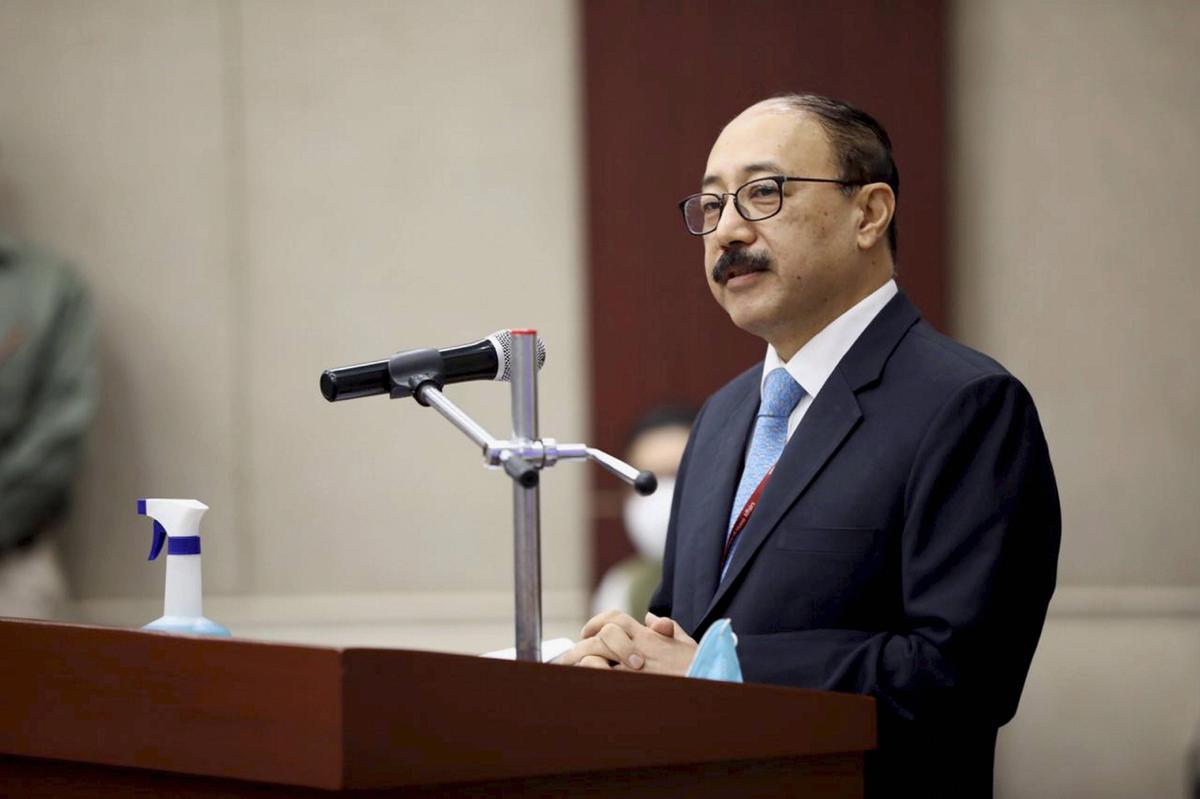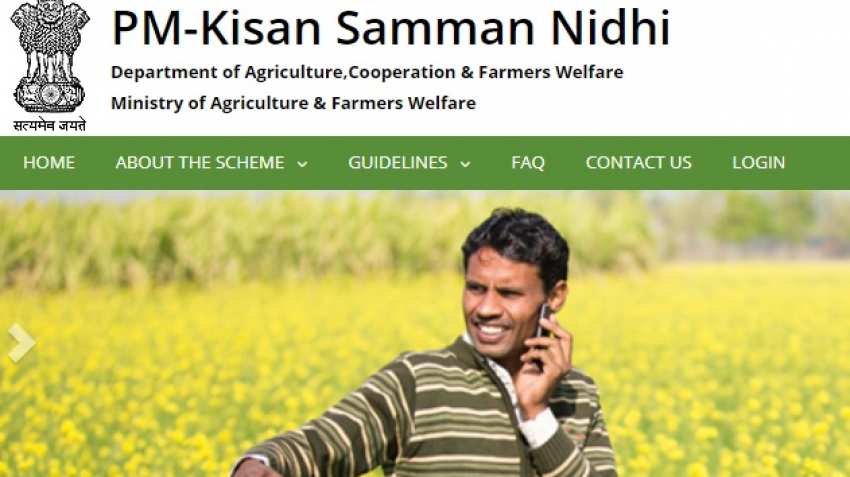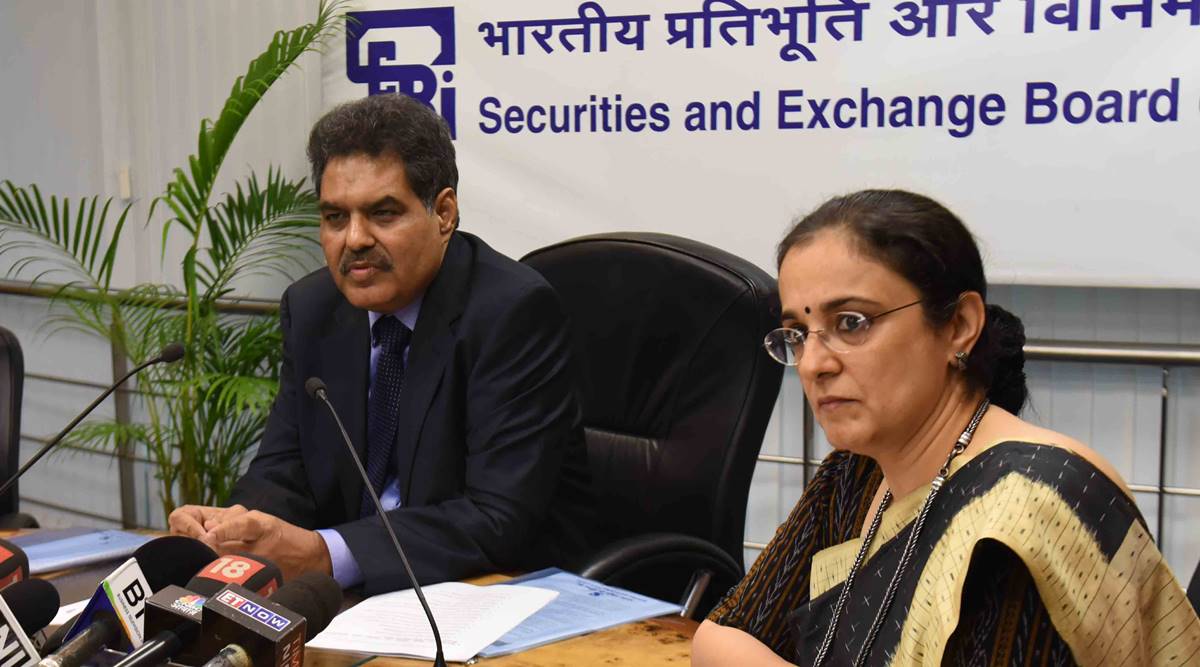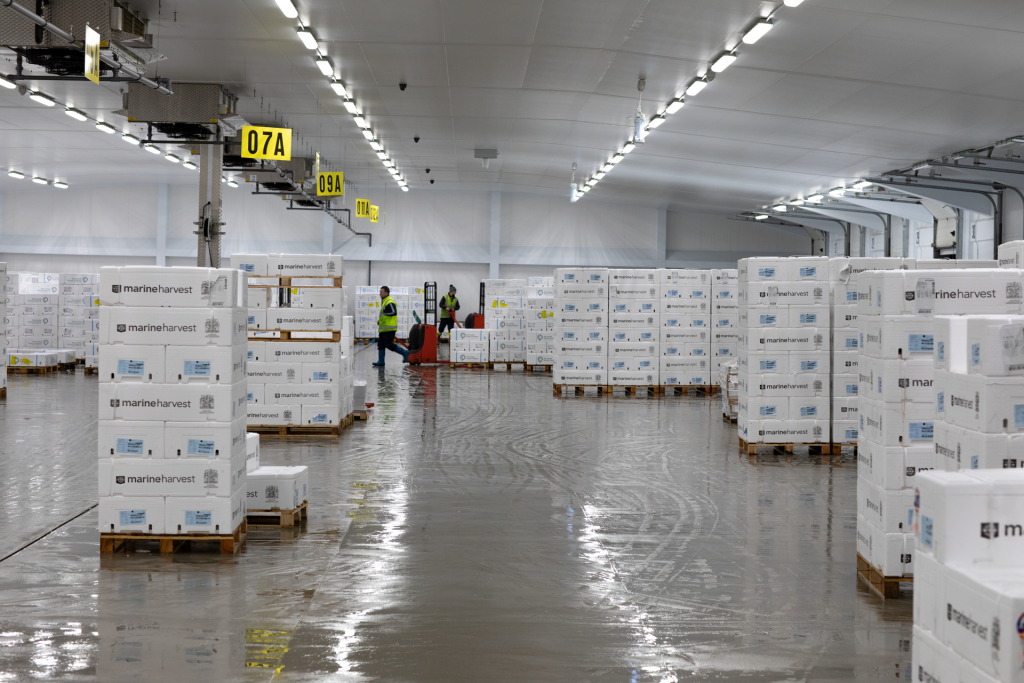
The Economic Cooperation and Trade Agreement (ECTA) between Australia and India has been approved by the Australian Parliament. This agreement has been viewed as a chance for expanding Indian businesses.
Background
- Australia and India formally reopened CECA negotiations in September 2021 with the goal of reaching an Economic Cooperation and Trade Agreement (AI-ECTA).
- It aspires to speedily liberalise and expand bilateral trade in products and services, using this as a base to pick up the more ambitious CECA negotiations.
India-Australia ECTA
- It includes practically all of the tariff lines that Australia and India trade in.
- Tariff Lines: This product falls under the definition of a tariff line item. A particular tariff is a tax that is tacked directly onto a single imported good and is unrelated to the value of that import. Typically, a certain tariff is determined by the volume or number of imported items.
- Australia will grant India preferential market access on 100% of its tariff lines, while India will grant Australia preferential market access on more than 70% of its tariff lines.
- Indian STEM (Science, Technology, Engineering, and Mathematics) graduates will be eligible for extended post-study work visas under the terms of the agreement.
- It will grant 96% of Indian exports to Australia duty-free access, as well as 85% of Australian exports to the Indian market.
- Visas: Every year, 1,800 yoga instructors and Indian chefs are allowed to travel to Australia from India, and 1,000 work/vacation visas will be made available for young professionals. Over 100,000 Indian students will benefit from post-study work permits for up to four years.
- Wine: India has agreed to lower tariffs on Australian wine over a ten-year period, although the existing 150% customs levy on wine bottles under $5 will remain in place.
- Agriculture and dairy industries: By excluding the most delicate agricultural products from the FTA, India has completely shielded its dairy industry from any tariff reductions.
Significance
- To start, from the current level of US$ 31 billion in bilateral commerce, it will surpass US$ 45–50 billion in 5 years. By 2026–2027, India’s merchandise exports are forecast to grow by $10 billion.
- Secondly, because labor-intensive industries will gain, it is anticipated that this will lead to the addition of at least 10 lakh new jobs in India, as well as several prospects for investment and startup promotion.
- Thirdly, it would give Indians in Australia better job possibilities and boost remittances to India.
- Increased Exports: India now has a tariff disadvantage of 4% to 5% in numerous labor-intensive industries compared to rivals in the Australian market including China, Thailand, Vietnam, South Korea, Japan, Indonesia, and Malaysia.
- The ECTA’s removal of these restrictions might greatly increase India’s exports of goods.
- Cheaper Raw Materials: Raw materials and intermediate goods make up a larger portion of Australian exports to India. Many Indian companies will benefit from cheaper raw materials and increase their competitiveness as a result of having zero-duty access to 85% of Australian goods, especially in industries like steel, aluminium, electricity, engineering, and so forth.
- Change in Perceptions of India: The new trade agreement will help to dispel misconceptions about India in the developed world, which have long stereotyped it as being “protectionist,” as well as concerns about its willingness to conduct business with other nations.
Effects on India
- Strengthening of global supply chains: India’s goal in concluding a comprehensive economic partnership with these nations is to join the global value chains (GVCs), which are primarily based on trade and foreign direct investment.
- Promote a global perspective: Investment protection is covered in several major mega-economic treaties, including the Comprehensive and Progressive Agreement for Trans-Pacific Partnership (CPTPP) and the Regional Comprehensive Economic Partnership (RCEP).
- A more robust Indo-Pacific Strong Australia-India economic ties will also pave the way for a stronger Indo-Pacific economic architecture that is based on developing capacity-led connections, complementarities, sustainable commitments, and mutual dependence across nations and sub-regions rather than just on flows of physical goods, money, and people.








